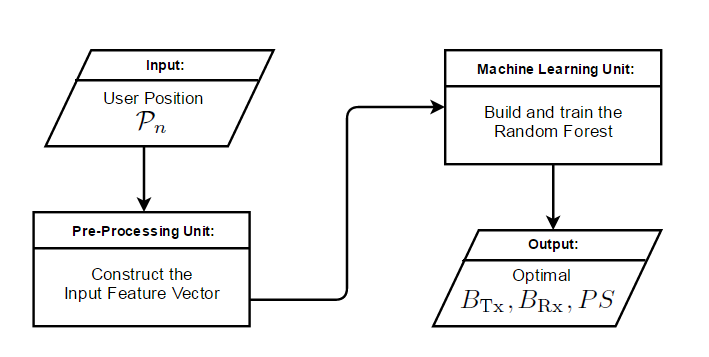Sahar Imtiaz
About me
Short Background:
I joined KTH ISE department (previously known as Communication Theory department) in April 2015 as a PhD student under the supervision of James Gross. My research background is related to channel modelling and network design of wireless communication systems. My MS thesis was focused on beamforming in downlink communication based on uplink channel state information (CSI), which increased my interest in communication systems design.
Current Research:
Researchers in industry and academia are working towards design of future wireless communication systems, of which fifth generation (5G) systems are of particular interest. The standardization process of 5G is still underway, with the prime goals of enabling this technology to support seamless connectivity for all users, present any where, at any time. This goal can not be accomplished using the 4G infrastructure and communication standards, so new system designs are being considered for practical implementation of 5G technology. Cloud radio access network (CRAN) is one such architecture, which favors achieving the targets envisioned for 5G technology. In CRAN, system users are served by remote radio heads (RRHs) which are connected by fast backhaul links to the baseband units (BBUs) that perform all the baseband system processing tasks. In this way, several users can be served efficiently with minimal processing delay, in order to achieve maximal system throughput by optimal allocation of system resources.
Although the concept of cloud networking reduces service latency, the baseband processing itself relies on the CSI of the users present in the system. CSI acquisition-based resource allocation works fine for users with low mobility, but for high speed users, CSI acquistion-based allocation of resources has a two-fold problem: first, instantaneous CSI acquisition increases system overhead, which reduces the effective system throughput; and second, periodic CSI acquisition results in performance loss due to CSI outage typically for high mobility users.
In order to avoid the aforementioned problems, we propose a learning-based resource allocation scheme using position information of users present in the system. This scheme uses 'machine learning' algorithm to learn the relationship between the users' position information and the corresponding system resources that maximize the system throughput. The trained learning model then predicts the system resources which will maximize the system performance given a user's position information. This way, we get rid of the reliance of the system on CSI of the users, hence avoiding any excessive system overhead while achieveing close to optimal system performance.

Recent Work:
I have recently worked on a related project with an industrial partner where we used machine learning algorithms as a tool for resource allocation in 5G systems -- resource allocation was done using position information of receiving devices, rather than using their CSI. We also worked on building a simulator for 5G systems, which simulates real-time scenarios for communication in future cellular networks.
Other Research Interests:
Currently I am working on resource allocation in 5G systems using machine learning. Apart from that, I am very much interested in learning different programming tools and machine learning algorithms. Future directions of my PhD thesis include investigation of use of neural networks for resource allocation in 5G and beyond communication systems.